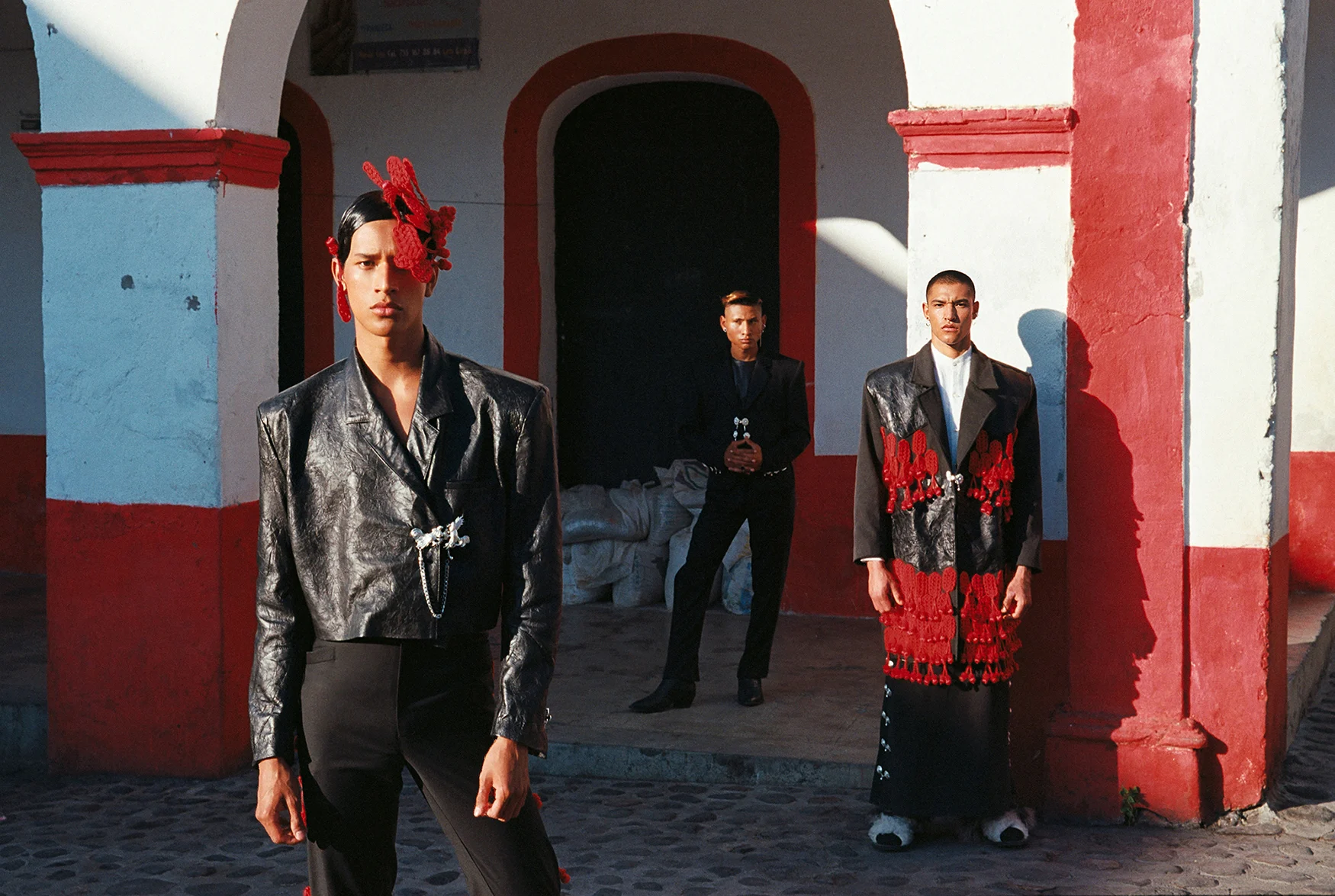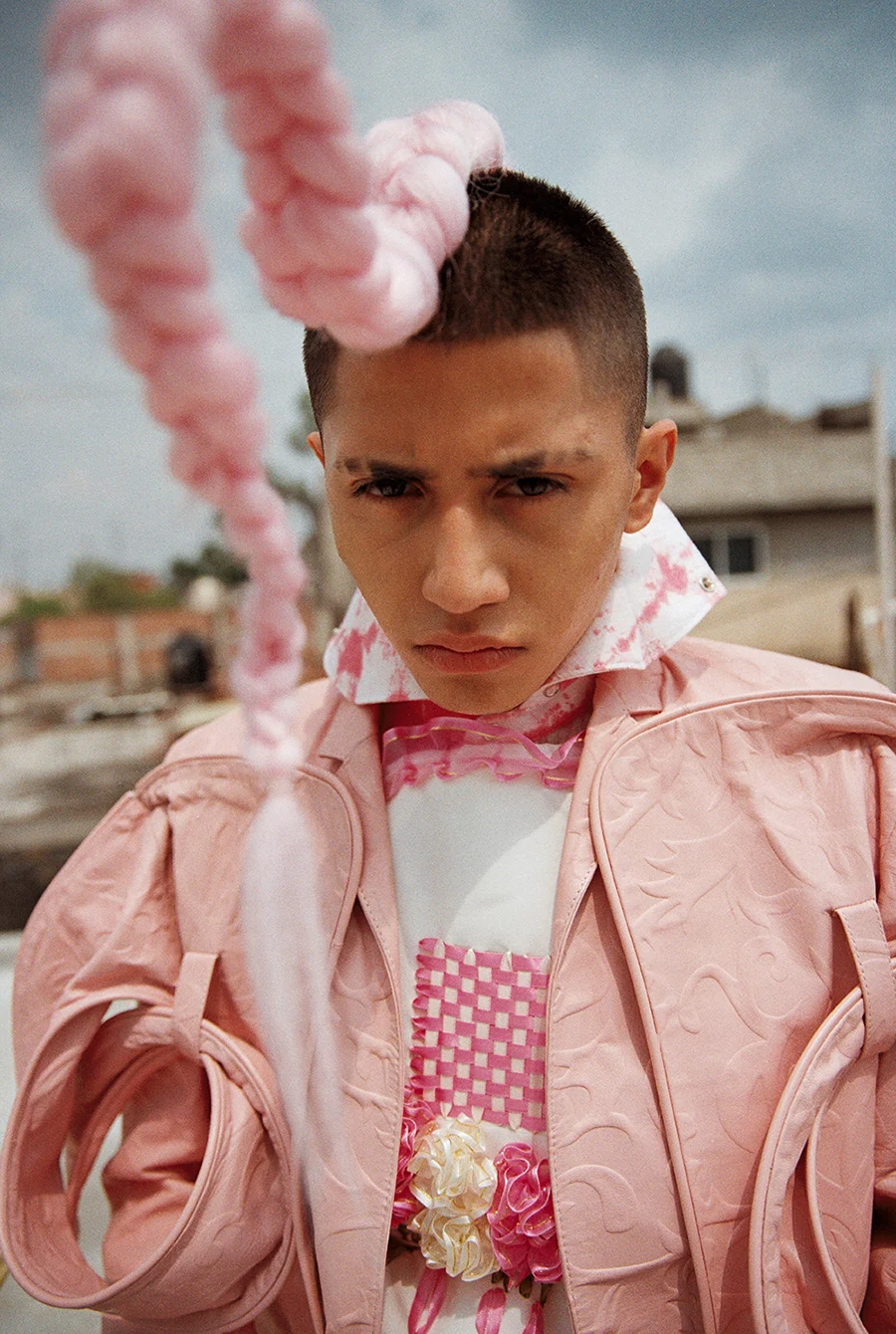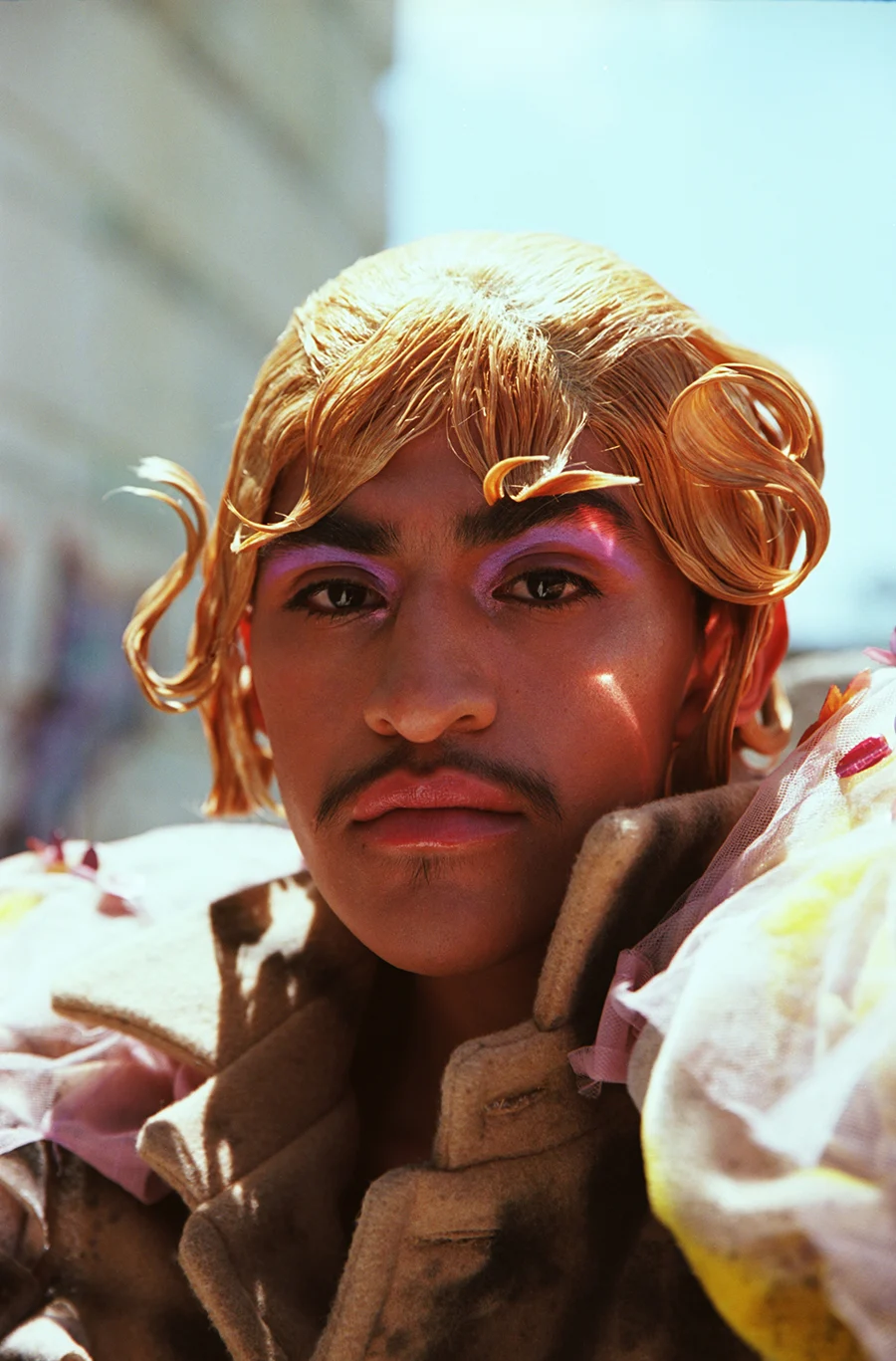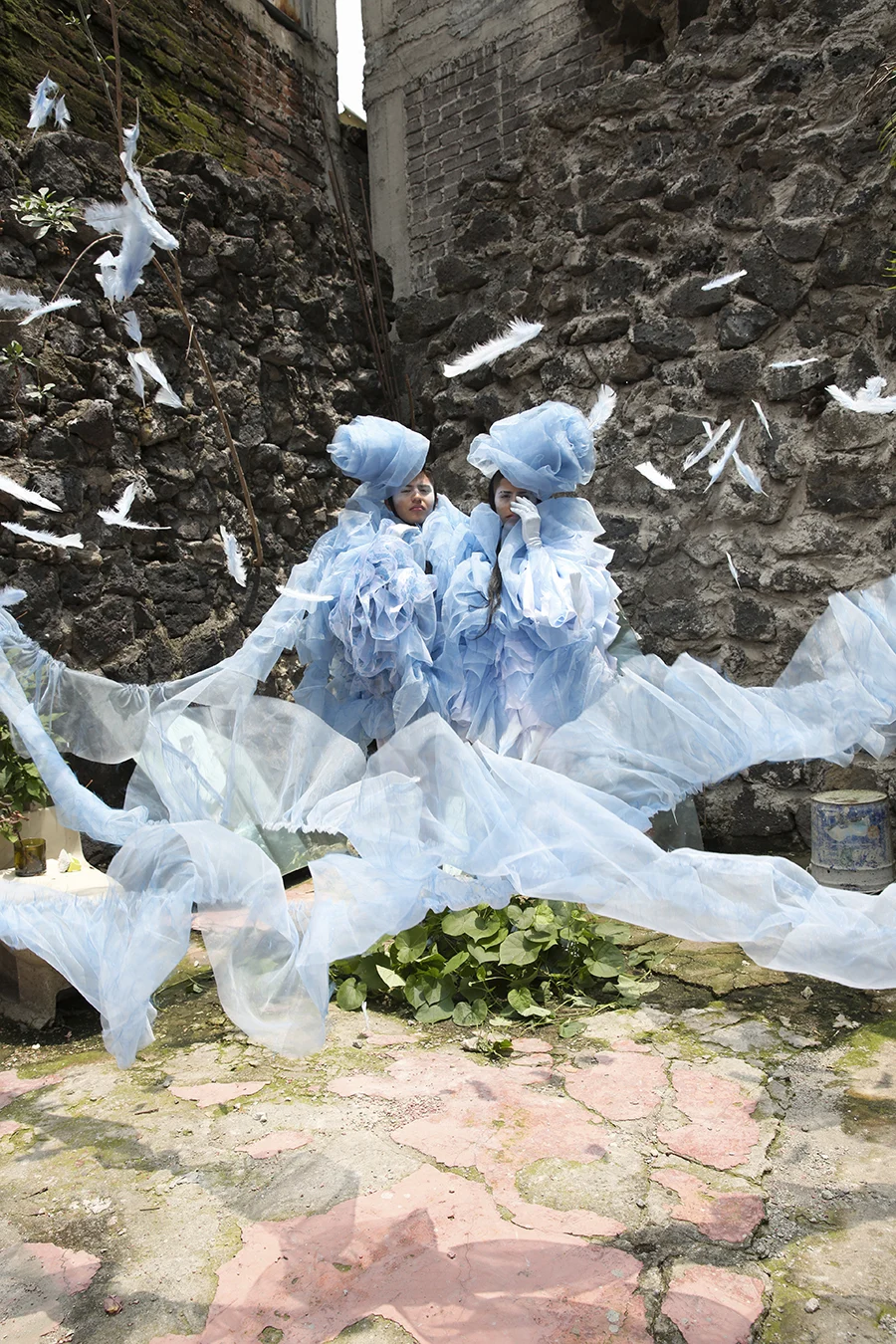

There’s an extraordinarily thin line between Dorian Ulises López Macías’s personal and commissioned work. In the former, he focuses on capturing true Mexican culture and the country’s queer community. When he’s commissioned for a product or editorial shoot, he keeps to this mission by casting Mexican models to pose in front of local backdrops. He tells Alex Kahl about the people he's captured and about the steadily improving attitudes towards the LGBTQ+ community in Mexico.
Mexican photographer Dorian Ulises López Macías started working in fashion eight years ago. Having studied graphic design, he worked in publishing as a junior designer before becoming the creative director at ELLE. He soon saw the lack of opportunities for Mexican models and how little representation there was for Mexican identity in that world. “There was and still is a tendency in the Mexican fashion industry to seek these European or American aesthetics, as if Mexico isn’t worthy of fashion images, which seems absurd to me,” he says. “I live in Mexico, I speak Spanish, I love the people who live in my country, I understand and identify with them. I love its gastronomy, its music. Why not make use of it?”

With that, Dorian started to incorporate the streets of Mexico into his own photography work, which has grown from a hobby to a fully-fledged career in a short space of time. “It’s exciting and noisy, immensely beautiful and rich,” he says. He sourced local models with the help of small modelling agencies like Güerx and In The Park Management. He even stopped people who caught his eye on the street and asked them to model, casting faces and bodies that fell more in line with his own way of seeing fashion and his country.
Every shoot or project starts with something or someone grabbing Dorian’s attention, and then he often works with his ever-growing family of collaborators and creatives to make the photos as good as they can be. “I’ve met so many talented people who have the desire to explore things as I do,” he says. “Make up artists, hair stylists, fashion stylists, producers, assistants, models. Together, we take the path that seems to me to be the most suitable to explore and I attack with the lens.” In every shot, fantastic hair and make-up and brilliant outfits leap out of Dorian’s photos, from bright, beautifully exaggerated dresses to lace tops and couture heels.


Visibility is the key, although that might be uncomfortable for some people.
Much of Dorian’s photography explores the queer community in the country, and for him this community is a cemented part of Mexico’s personality. Attitudes towards the LGBTQ+ community in Mexico have evolved rapidly in recent years, and Dorian agrees that policies are particularly forward-thinking in Mexico City.
“But we should remember that Mexico in general is a Catholic and macho country, and even in Mexico City with its population of almost nine million, there are only a few spots where you can find the respect and freedom to express your sexuality freely,” he admits. He puts this largely down to the generational gap, as much of the younger generations don’t place as much importance on catholicism as their parents might have done. “New generations will change things even more, but this can only be achieved by education, something that is still not guaranteed in my country,” he adds.


I think and I feel. When I see a Mexican I am seeing myself, I am confronting my own taboos.
As with any place, there is still work to be done to improve attitudes towards more diverse communities, but Dorian hopes his work can help, as he puts images of lesser represented groups into the public eye. “Visibility is the key, although that might be a little uncomfortable for some people,” he says. “It is important to make ourselves visible; I believe that when people see us we won’t seem so strange and they will end up accepting us and then respecting us and someday see members of the LGBTQ commmunity as equals. There’s still a long way to go.”
Just as he’s a part of the Mexican community, Dorian is also a part of the queer community, and identifying with his subjects allows him to do them justice in his photographs. He often feels like he’s photographing members of his own family on his shoots. “I know what it’s like to grow up with parents who listen to the moralistic doctrine of the church and limit our freedom. In Mexico, like many other parts of the world, our LGBTQ community grew while we were very isolated, and we’ve ended up becoming the family that we never had at home,” he says.

Dorian loves every person he photographs, and he has an innate ability and a yearning to capture people’s true personalities, wherever they’re from, and however they identify. He puts it down to being a human first, but he seems to have a level of empathy and love for people that’s beyond the norm in society, and there’s a few possible explanations for this.
“I think and I feel. When I see a Mexican I am seeing myself, I am confronting my own taboos. Perhaps I see a reflection of myself in each person whose picture I take,” he says. From the tone of Dorian’s voice, he seems to be coming to some realizations about himself at this exact moment, and seeing his role as a photographer in a slightly new light.
“Yes, perhaps that is what my job is all about: celebrating what is human, and how can I not celebrate that? That’s why I want to emphasise that what interests me most is showing them as they are... like a flower that you can’t stop looking at because of its infinite beauty.”







